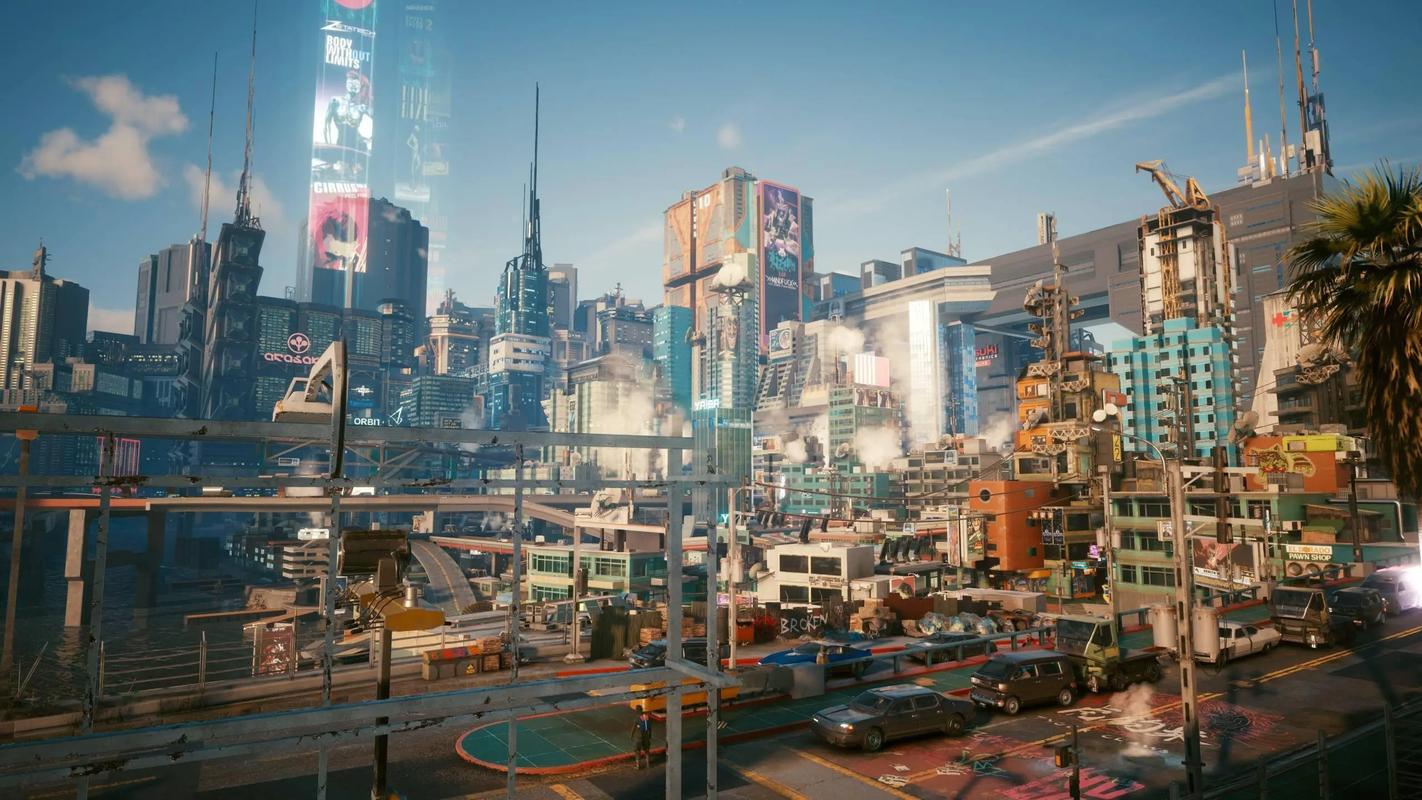Lords of the Fallen (2023) Score: Soulslike Evolution
Introduction
The Soulslike genre has seen exponential growth over the past decade, with titles like Dark Souls, Bloodborne, and Elden Ring setting the benchmark for punishing combat, intricate level design, and deep lore. In 2023, Lords of the Fallen (a reboot of the 2014 game of the same name) emerges as a bold contender in this space. Developed by Hexworks and published by CI Games, this reimagining seeks to refine the formula with modern mechanics, a dual-reality world, and a fresh take on difficulty.
But does Lords of the Fallen (2023) succeed in evolving the Soulslike genre, or does it merely mimic its predecessors? This review delves into its strengths, weaknesses, and overall impact on the genre.
A Dark Fantasy Reborn
Story & Setting
Unlike its 2014 predecessor, which was criticized for its generic dark fantasy narrative, Lords of the Fallen (2023) presents a more compelling world. The game is set in the dual realms of Axiom (the land of the living) and Umbral (the land of the dead). Players take on the role of a Dark Crusader, tasked with stopping the resurrection of the demon god Adyr.
The lore is delivered through environmental storytelling, cryptic NPC dialogues, and item descriptions—hallmarks of the Soulslike genre. While the overarching plot is familiar (a fallen hero battling corruption), the Umbral realm mechanic adds depth. The ability to shift between worlds introduces new puzzles, hidden paths, and terrifying enemies, making exploration more dynamic.
Visuals & Atmosphere
Graphically, Lords of the Fallen is stunning. The Unreal Engine 5-powered visuals bring Axiom’s gothic architecture and Umbral’s nightmarish landscapes to life. Lighting effects, particle physics, and grotesque enemy designs contribute to an oppressive, foreboding atmosphere.
The art direction leans heavily into dark fantasy, with influences from Berserk and Dark Souls. However, some areas suffer from excessive visual clutter, making navigation confusing at times. Despite this, the game’s aesthetic is one of its strongest aspects.
Combat: Weighty & Rewarding
Weapons & Playstyles
Combat in Lords of the Fallen is deliberate and weighty, akin to Dark Souls rather than the faster-paced Bloodborne. Players can wield a variety of weapons—greatswords, hammers, daggers, and magic staves—each with distinct move sets and impact.
The game introduces a "soulflay" mechanic, allowing players to rip enemies’ souls from their bodies for temporary crowd control. This adds a layer of strategy, especially in Umbral, where enemies are more aggressive.

Difficulty & Progression
Like any Soulslike, Lords of the Fallen is punishing. Enemy placements are brutal, bosses demand pattern recognition, and death sends players back to the last checkpoint. However, the game offers some quality-of-life improvements:
- Umbral Lamp: This tool lets players peer into the Umbral realm without fully transitioning, revealing hidden paths and weak points.
- Revival Mechanic: Upon death, players respawn in Umbral, giving them a second chance to reclaim their lost Vigor (souls).
- Co-op & PvP: Seamless multiplayer allows for jolly cooperation or invasions, though netcode issues occasionally disrupt the experience.
While these mechanics ease the learning curve, veterans may find some bosses underwhelming compared to Sekiro or Elden Ring.
Level Design: A Double-Edged Sword
Interconnected World
Lords of the Fallen adopts a semi-open structure, with branching paths and shortcuts reminiscent of Dark Souls 1. The dual-reality system enhances exploration—what seems like a dead end in Axiom may hide a secret passage in Umbral.
However, some areas suffer from excessive backtracking. The Umbral realm, while innovative, can feel oppressive due to its relentless enemies and sanity-draining mechanic (staying too long summons stronger foes).
Boss Fights: Hits & Misses
The game features a mix of spectacular and forgettable bosses. Highlights include:
- Pieta, She of Blessed Renewal: A graceful yet deadly first major boss with fluid combos.
- The Hushed Saint: A mounted warrior with unpredictable attacks.
- Adyr, the Bereft Exile: A climactic, multi-phase showdown.
However, some bosses rely on recycled mechanics or excessive adds (additional enemies), leading to frustrating encounters rather than fair challenges.
Technical Performance & Issues
At launch, Lords of the Fallen suffered from performance hiccups:
- Frame Rate Drops: Especially in Umbral, where particle effects strain hardware.
- Hitbox Inconsistencies: Some attacks feel unfairly punishing.
- AI Glitches: Enemies occasionally get stuck or behave erratically.
Post-launch patches have addressed many issues, but the experience varies across platforms (PC performs best with high-end hardware).
Final Verdict: A Worthy Soulslike Contender
Lords of the Fallen (2023) is a significant step forward for the franchise and a solid entry in the Soulslike genre. Its dual-reality mechanic, stunning visuals, and refined combat make it stand out, even if it doesn’t surpass Elden Ring or Dark Souls.
Score: 8/10
Pros:
✔ Stunning visuals & atmosphere
✔ Innovative Umbral realm mechanics
✔ Weighty, satisfying combat
✔ Strong art direction & enemy designs
Cons:
❌ Some performance issues at launch
❌ Inconsistent boss quality
❌ Umbral can feel overly punishing
Conclusion
Lords of the Fallen (2023) is not just a reboot—it’s an evolution. While it doesn’t redefine the genre, it successfully refines it with fresh ideas. For Soulslike fans craving a new challenge, this is a journey worth undertaking.
Word Count: ~1,200
Would you like any expansions on specific sections, such as deeper lore analysis or multiplayer details?














